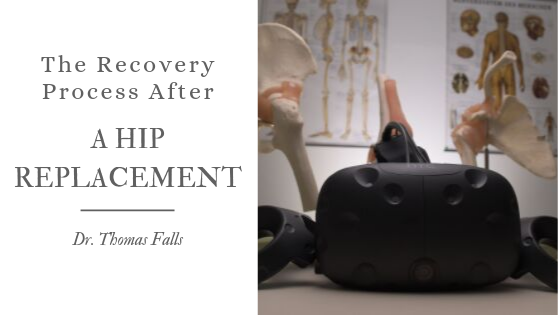Hip replacement surgery need not be the dreaded operation that it once was because recovery is much quicker and implants are improved. Implants no longer have expiration dates as in the past because they are made from new materials designed to last. The procedure for inserting the implants has also changed. The replacement used to be inserted in the backside of the hip. Now the placement of the new joint is made using what is called the anterior approach. This approach reduces recovery time as patients are able to walk with the aid of a nurse or physical therapist just hours after they have returned to their hospital bed. They can also go home after only a day or two. Because the muscle has not been cut, it recovers quickly, and patients feel renewed in only a few months.
Precautions
After a person has the hip replacement, he or she should avoid crossing the legs and bending, movements that could dislocate the replacement. Also, there are therapy exercises that the surgeon suggests. Certain things should be in place in the home to ensure safety and comfort. All throw rugs and electrical cords should be out of the way, and a walker should be placed near a higher, comfortable chair. It is crucial that the patient not bend the knees more than 90 degrees (a right angle) because there is the possibility of the joint coming out of place. Those patients who have been given “hip precautions” should continue to refrain from crossing their legs and doing deep hip bends for at least six weeks. A grabber device should be used so that the patient does not have to strain to reach anything or bend too far. Also, an elevated toilet seat helps to relieve strain and keep the hip from bending more than it should. Importantly, the patient should routinely exercise to maintain flexibility and keep muscles active and strong in the hip area.
Recovery
The success of a hip replacement is determined by the success of the individual’s recovery. Performing the therapy exercises promotes blood flow to the hip joint, increases the strength of the surrounding muscles, as well as the range of motion that the hip has. Exercising also reduces the formation of scar tissue. Those who assiduously follow their doctor’s instructions and exercise properly will reap the rewards of hip replacement by living as much as they did before their operations.

